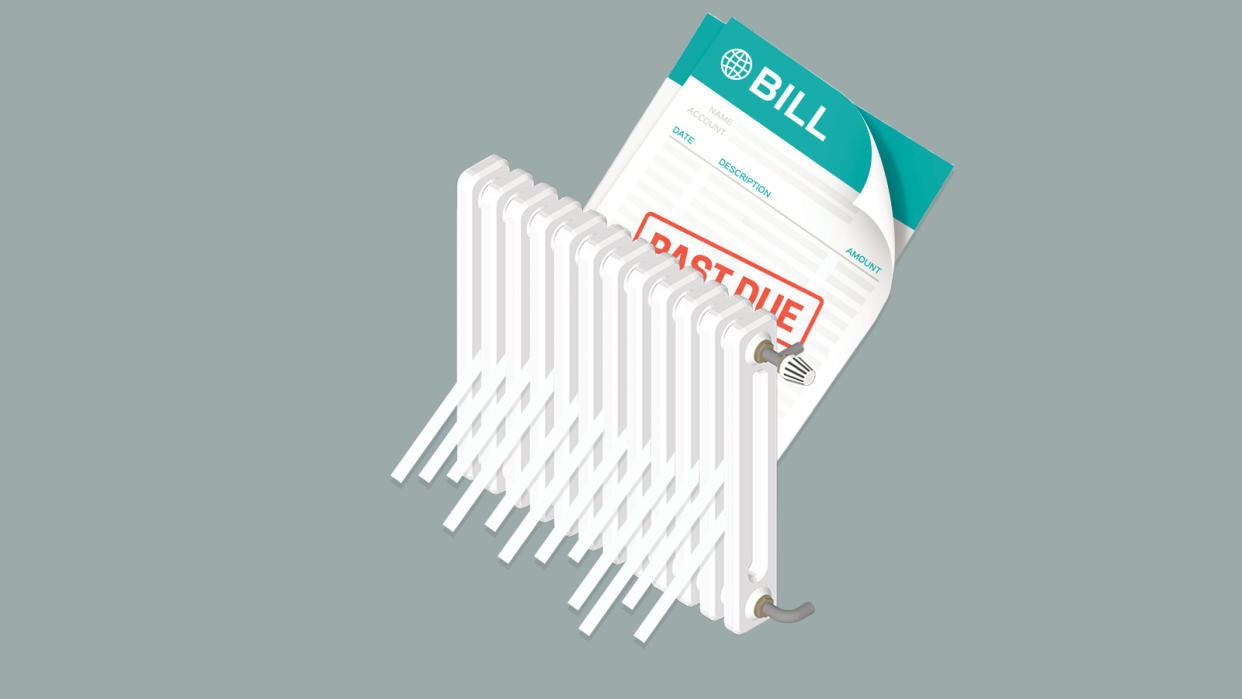5 tips to save on heating bills

Even if you're looking forward to the changing of the seasons, the thought of firing up your furnace might send a shiver down your spine, simply because of how hefty utility bills in the colder months can be. The good news is that there are some steps you can take to help counteract high heating costs.
1. Get a heating system tune-up
As The Washington Post pointed out, "heating your home is typically going to be your largest energy expense, which also means it’s where you can save the most." That's why it's worth the time and effort to schedule a routine checkup before the temperatures turn truly chilly.
Per Consumer Reports, getting your heating system professionally serviced generally runs anywhere from $150 to $500 and "will include everything from replacing dirty filters to checking for safety issues like potential carbon monoxide leaks." Even if that amount sounds like a lot to shell out in the moment, the savings you might gain over the long term can pay off. “A well-maintained heat pump can use up to 25% less fuel than a neglected one," per Consumer Reports, which cited the Department of Energy.
2. Improve your attic's insulation
If you have an attic, then insulation is "a vital step in defense against heat loss," according to Kiplinger. Though you might pay a hefty amount for this upfront, it will save you "save hundreds of dollars on your heating bill each year.” Further sweetening the deal is the fact that you can cover 30% of the cost of the insulation with the Energy Efficient Home Improvement Tax Credit.
"[I]f the insulation looks uneven (perhaps it’s heaped up in the middle of the floor but thin along the eaves) or it’s below or just at the level of the floor joists," that might be a sign that it needs a bit of TLC, per Consumer Reports.
3. Seal up any spots where cold air is leaking in
You wouldn't leave a window wide open during the dead of winter — and per the Post, "all the tiny cracks and gaps in a typical home can cause the same loss of energy and comfort as leaving a window open year-round." As such, it's worth the time and effort to go around your home identifying any gaps around doors or window frames, or where pipes enter the home. These can be cheap, DIY fixes, as you'll just need caulk for your windows, weather strips for any doors, and expanding foam insulation to place around pipes leading into your home.
4. Open (and close) the curtains
The sun is a great and often overlooked source of heat in the colder months. If you usually leave your curtains or blinds where they are each day, "get into the habit of opening window treatments in the morning (especially where you receive direct sunlight) to let as much sun into your house as possible," advised The New York Times. Then, "when late afternoon rolls around, close curtains and shades to keep the heat in," the Times suggested.
You might also consider keeping windows clear by pruning away any trees or shrubs blocking sunlight from entering your home, per The Spruce. Make sure to keep your windows clean and take out the screens each winter.
5. Keep filters, vents and grates clean and clear
To maximize the efficiency of your heating system, it's important to keep things clean. Believe it or not, by simply keeping your air filter clean, "you can lower your energy bills by 5% or more," Kiplinger reported, citing Atmos Energy.
Similarly, it's important to keep grates and air vents clear of any dirt or debris, as well as larger blockages like furniture. As The Spruce noted, "couches or other furniture blocking heating vents makes the furnace work harder to deliver warm air, increasing the running time and energy cost."

